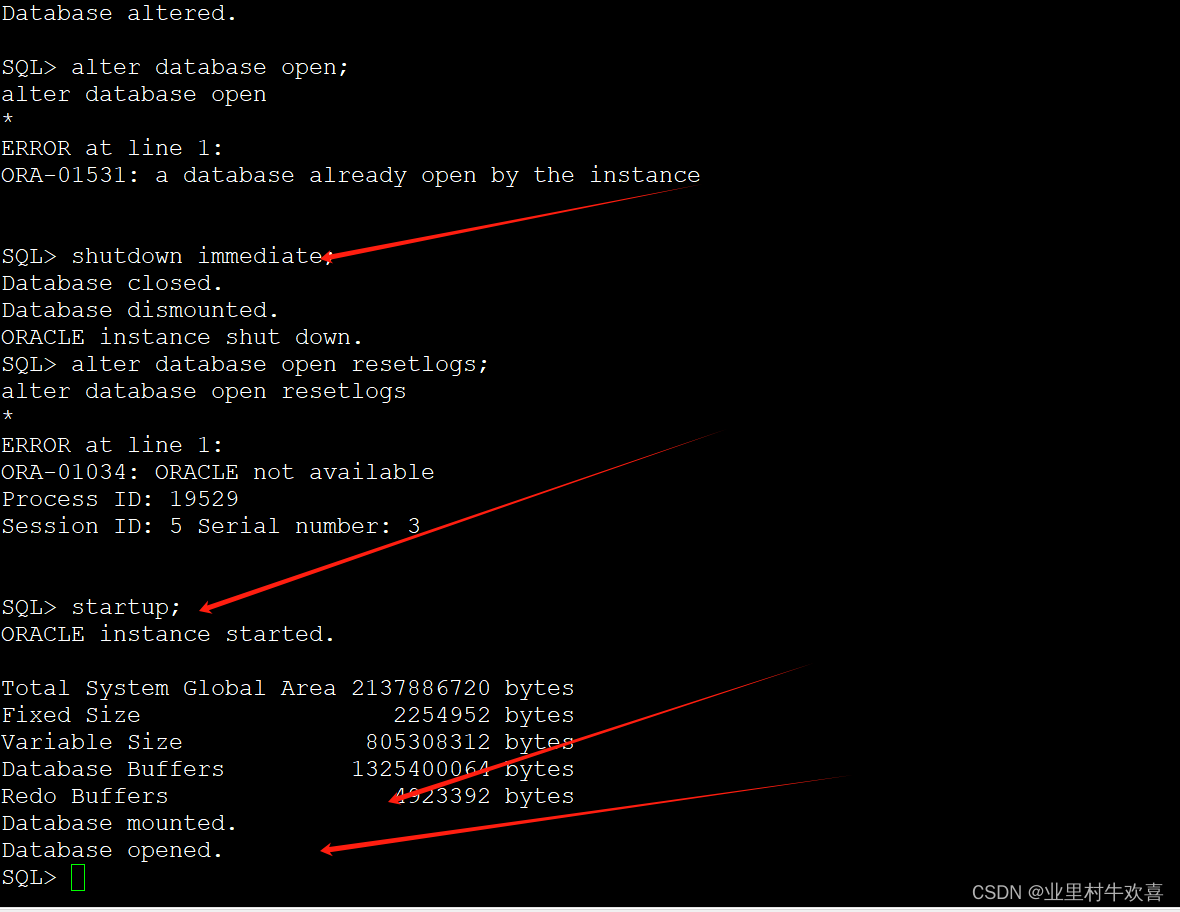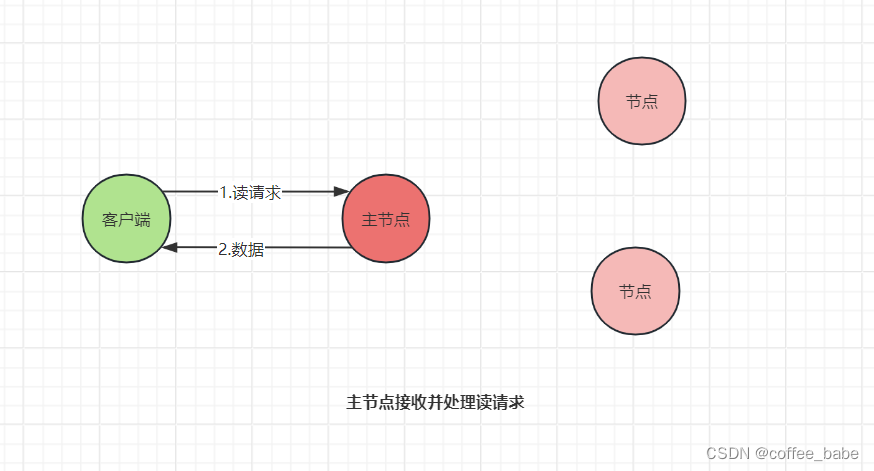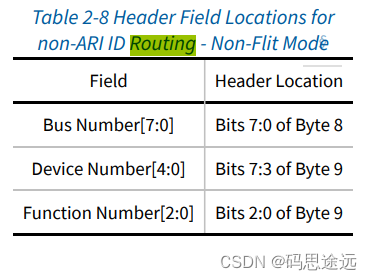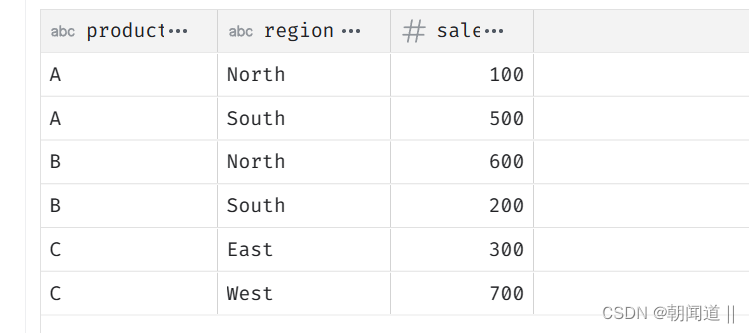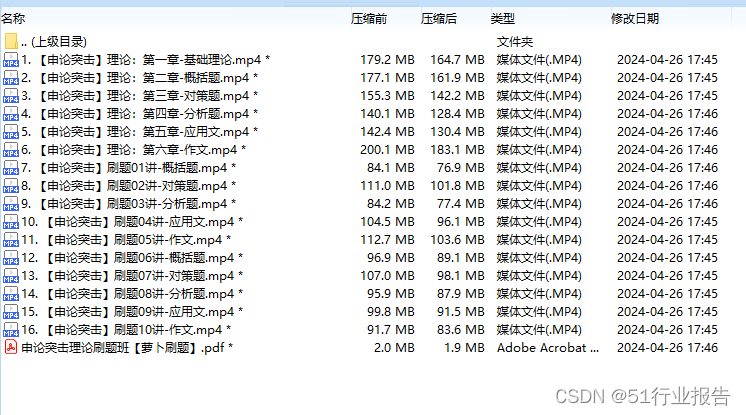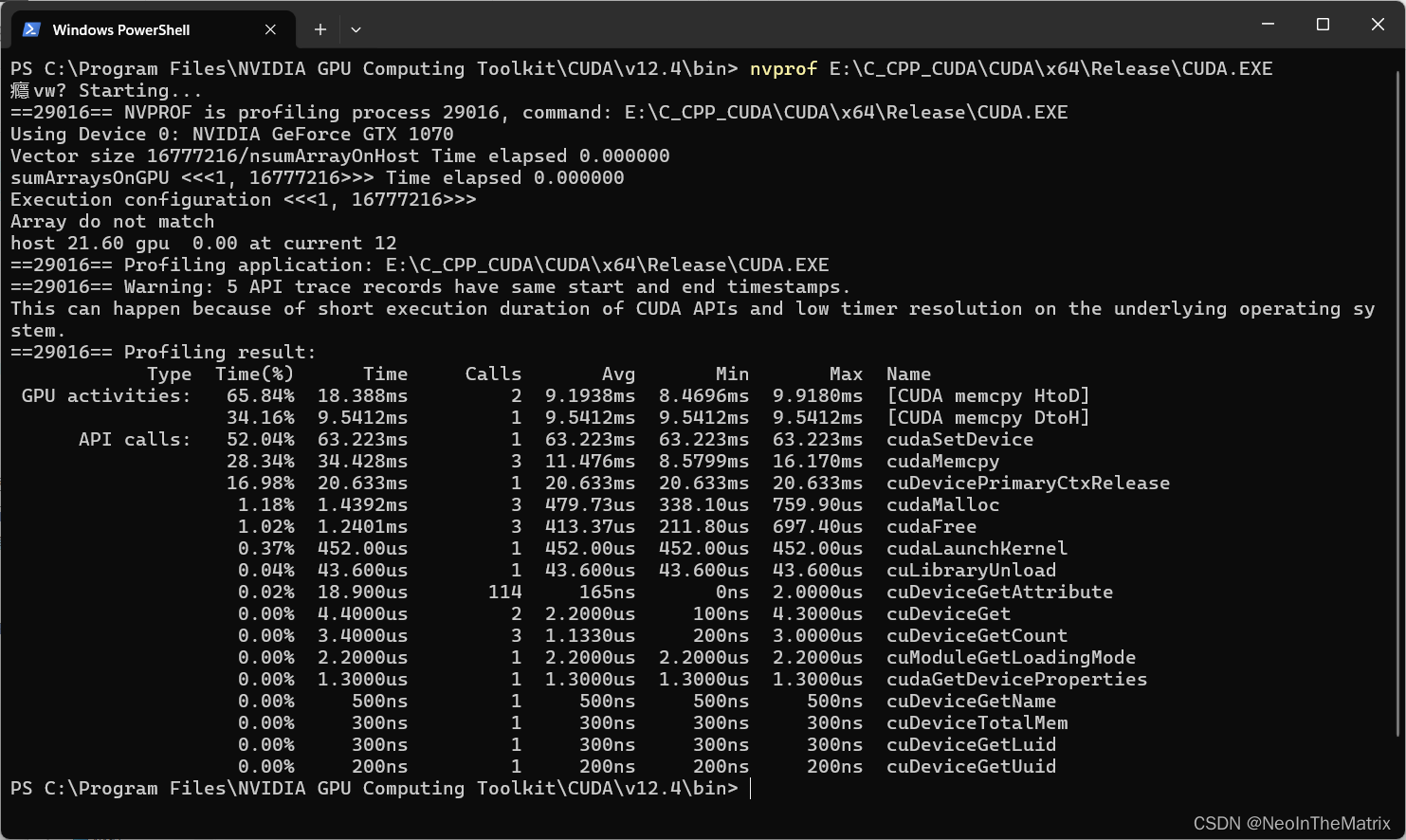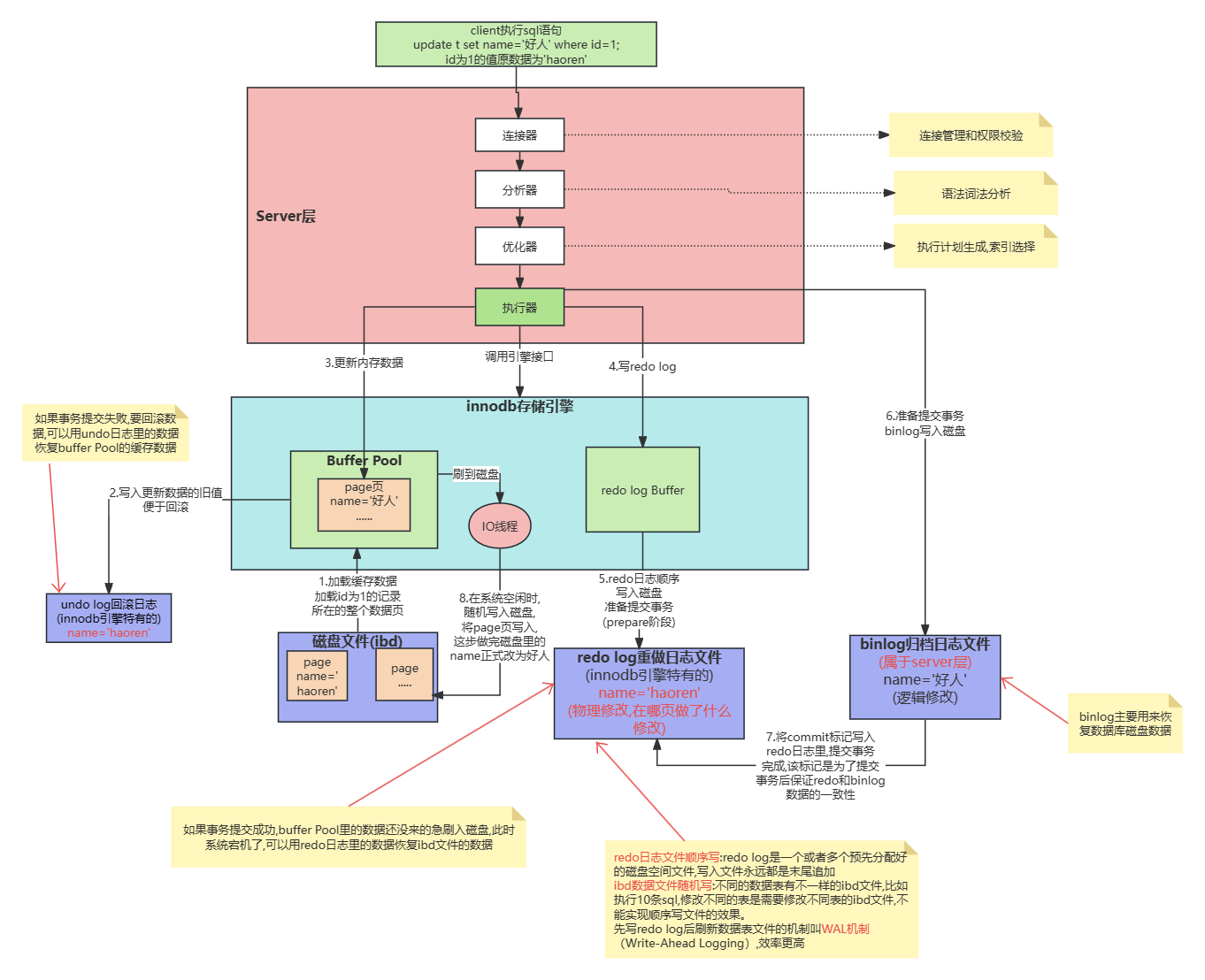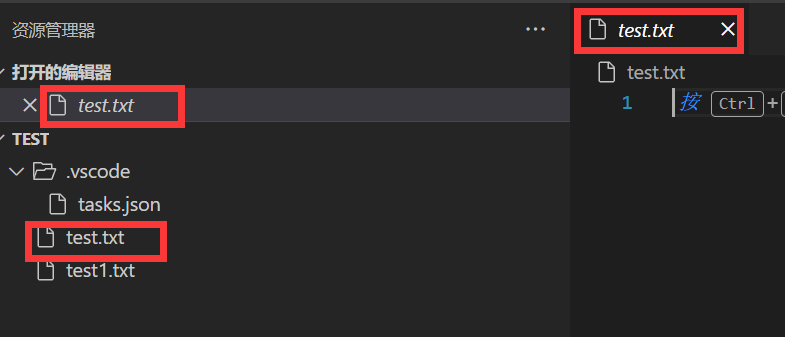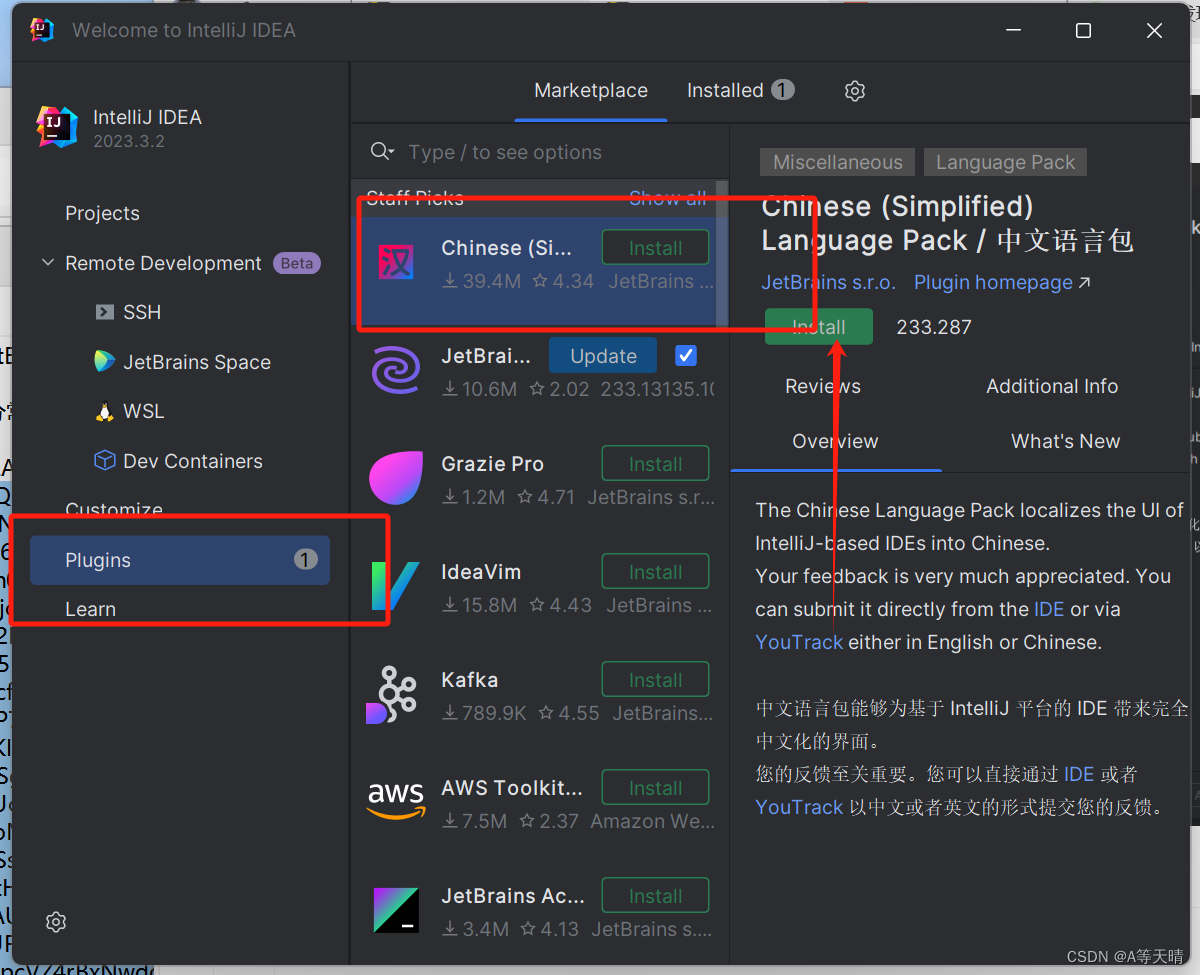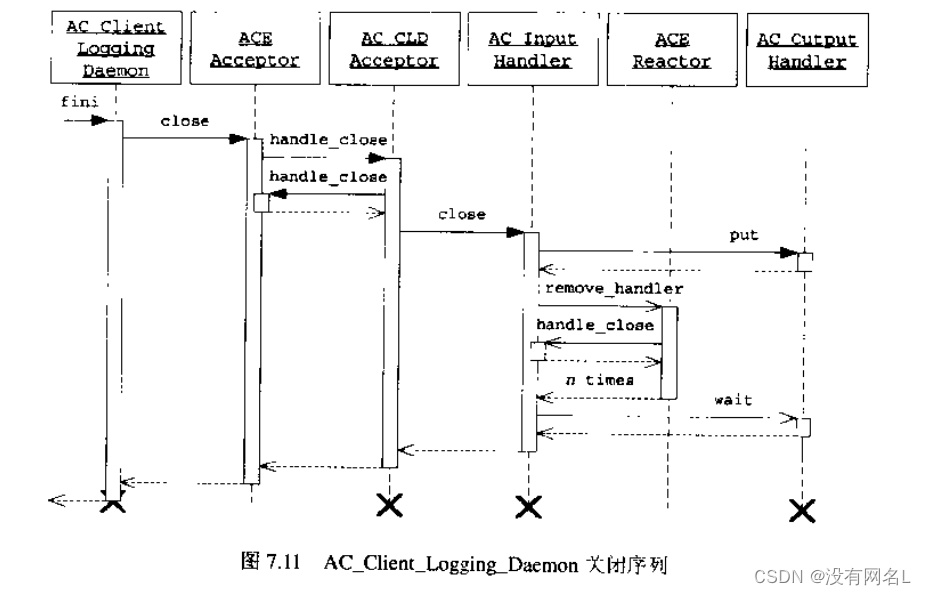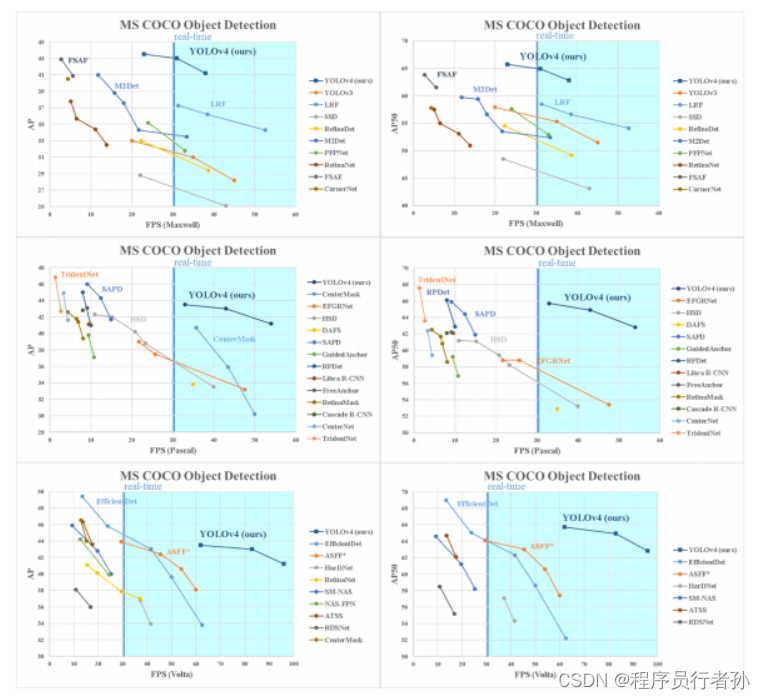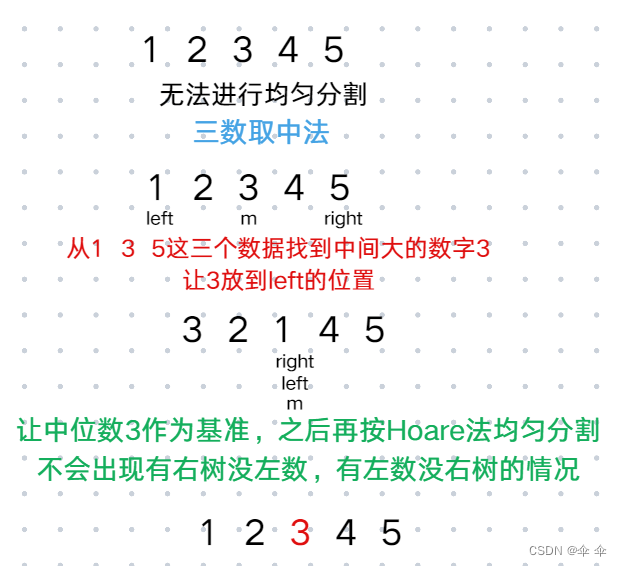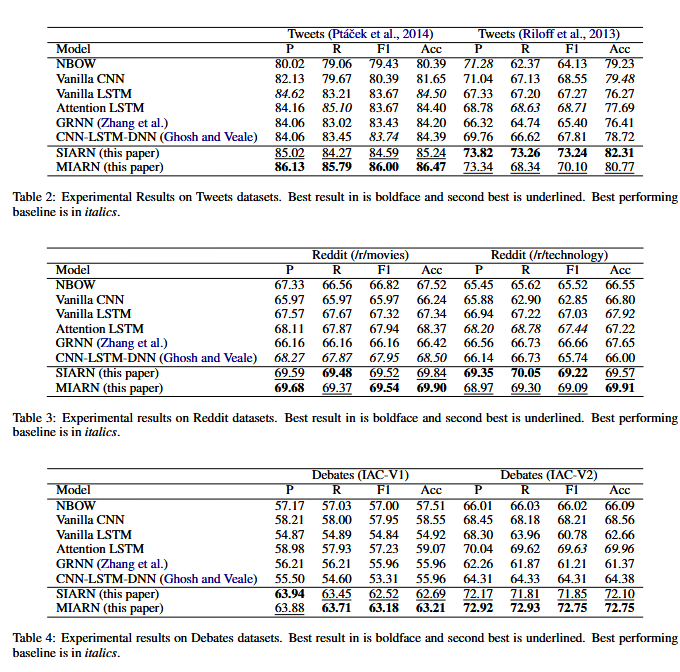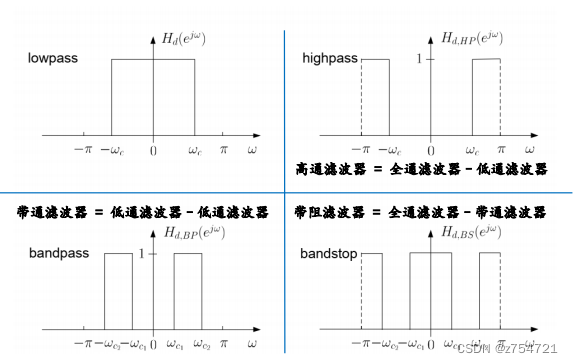我们经常遇到包含分类特征的数据集,为了将这些数据集拟合到Boosting模型中,我们对数据集应用各种编码技术,例如One-Hot编码或标签编码。但是应用One-Hot编码会创建一个稀疏矩阵,这有时可能导致模型的过拟合,我们使用CatBoost来处理这个问题。CatBoost可以自动处理分类特征。
什么是CatBoost
CatBoost或Categorical Boosting是由Yandex开发的开源boosting库。它被设计用于具有大量独立特征的回归和分类等问题。
Catboost是梯度提升的一种变体,可以处理分类和数值特征。它不需要任何特征编码技术,如One-Hot Encoder或Label Encoder将分类特征转换为数值特征。它还使用了一种称为对称加权分位数草图(SWQS)的算法,该算法自动处理数据集中的缺失值,以减少过拟合并提高数据集的整体性能。
CatBoost的特点
- 用于处理分类特征的内置方法 - CatBoost可以处理分类特征,而无需任何特征编码
- 处理缺失值的内置方法 -与其他模型不同,CatBoost可以轻松处理数据集中的任何缺失值
- 自动特征缩放 - CatBoost内部将所有列缩放为相同的缩放比率,而在其他模型中,我们需要大量地转换列
- 内置交叉验证 - CatBoost在内部应用交叉验证方法来选择模型的最佳超参数。
- 正则化 - CatBoost支持L1和L2正则化方法,以减少过拟合
CatBoost与其他Boosting算法在不同数据集上的比较结果

CatBoost安装和应用案例
安装
pip install catboost
我们将使用Python将CatBoost应用于机器学习项目问题。在这个问题中,我们给出了一个包含3种花的数据集,以及这些花的特征,如萼片长度,萼片宽度,花瓣长度和花瓣宽度,我们必须将花分类到这些物种中。
导入库
import pandas as pd
import numpy as np
from sklearn.model_selection import train_test_split
from catboost import CatBoostClassifier
import warnings
warnings.filterwarnings("ignore")
加载数据集
导入库之后,我们将使用pandas read_csv方法加载我们的数据集:
data = pd.read_csv("Iris.csv")
# Printing the shape of the dataset
print(data.shape)
输出
(150, 6)
我们的数据集有150行和6列。让我们使用head()方法探索数据集内容,如下所示:
data.head()

删除ID列并从数据集中分离目标变量
data = data.drop('Id', axis=1)
X = data.iloc[:, :-1]
y = data.iloc[:, -1]
print("Shape of X is %s and shape \
of y is %s" % (X.shape, y.shape))
输出
Shape of X is (150, 4) and shape of y is (150,)
由于这是一个分类任务,我们希望确定因变量中唯一类别的总数。
total_classes = y.nunique()
print("Number of unique species in dataset are: ",total_classes)
输出
Number of unique species in dataset are: 3
在我们的因变量中有3个唯一类,我们希望看到这些唯一类的计数,以检查数据集中的平衡。
distribution = y.value_counts()
print(distribution)
输出
Iris-virginica 50
Iris-setosa 50
Iris-versicolor 50
Name: Species, dtype: int64
让我们深入挖掘我们的数据集,可以在上面看到,我们的数据集包含3个类别,我们的花也分布在其中,因为有150个样本,所有三个物种在数据集中有相同数量的样本,所以没有类别不平衡。
拆分数据集
现在,我们将分割数据集用于训练和验证目的,验证集占总数据集的25%。为了将数据集划分为训练和测试,我们将使用sklearn模型选择中的train_test_split方法。
X_train, X_val, Y_train, Y_val = train_test_split(
X, y, test_size=0.25, random_state=28)
将CatBoost应用于数据
# Define the hyperparameters for the CatBoost algorithm
params = {'learning_rate': 0.1, 'depth': 6,\
'l2_leaf_reg': 3, 'iterations': 100}
# Initialize the CatBoostClassifier object
# with the defined hyperparameters and fit it on the training set
model = CatBoostClassifier(**params)
model.fit(X_train, Y_train)
CatBoost模型的准确性
# Predict the target variable on the validation
# set and evaluate the performance
y_pred = model.predict(X_val)
accuracy = (y_pred == np.array(Y_val)).mean()
print("Validation Accuracy:", accuracy)
输出
Validation Accuracy: 0.33518005540166207
